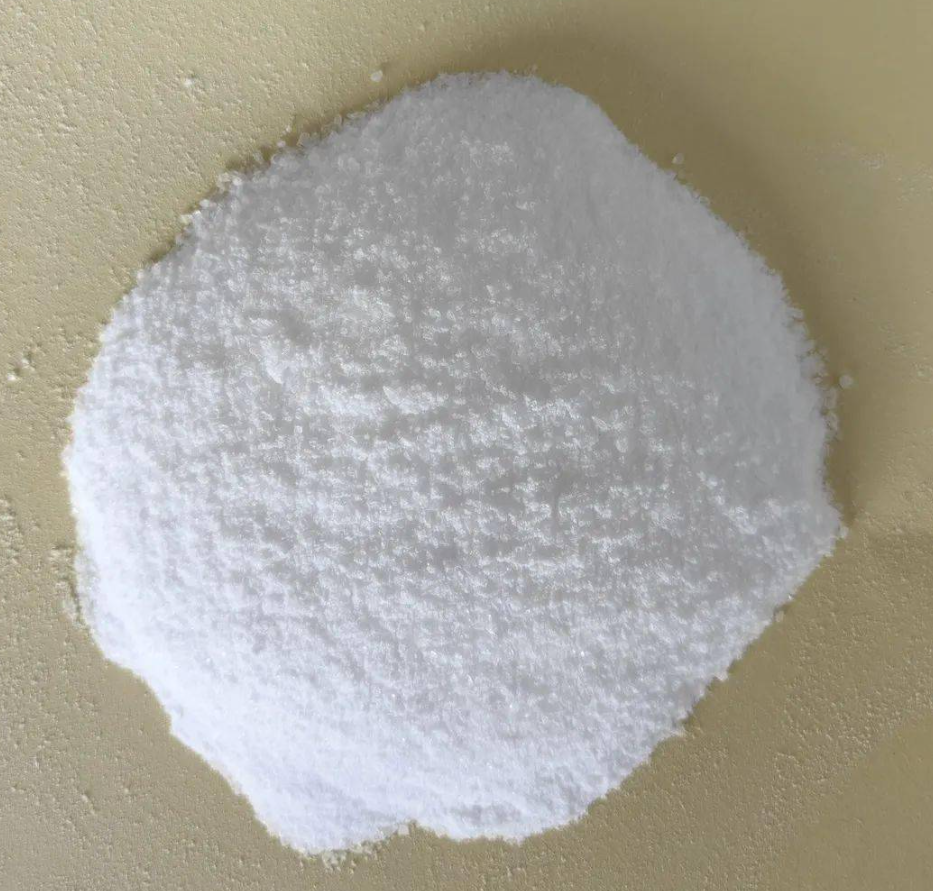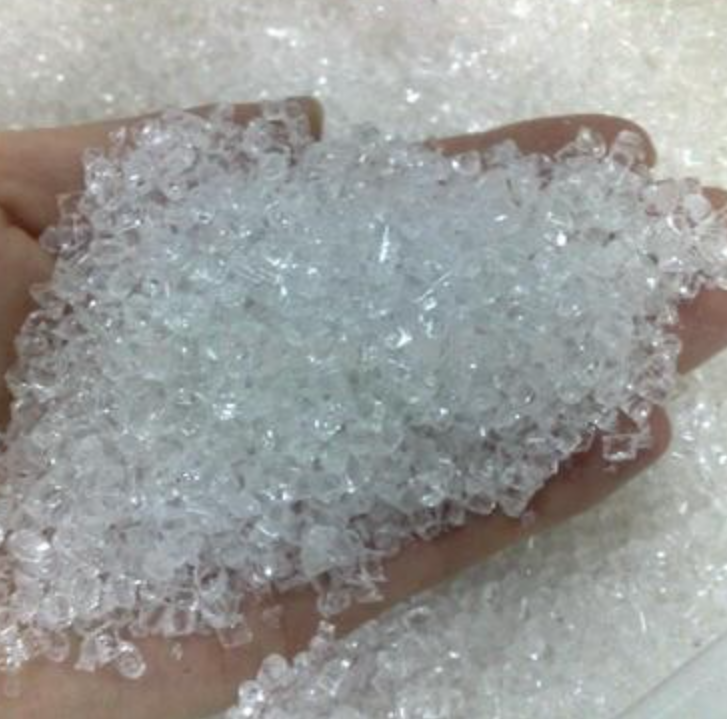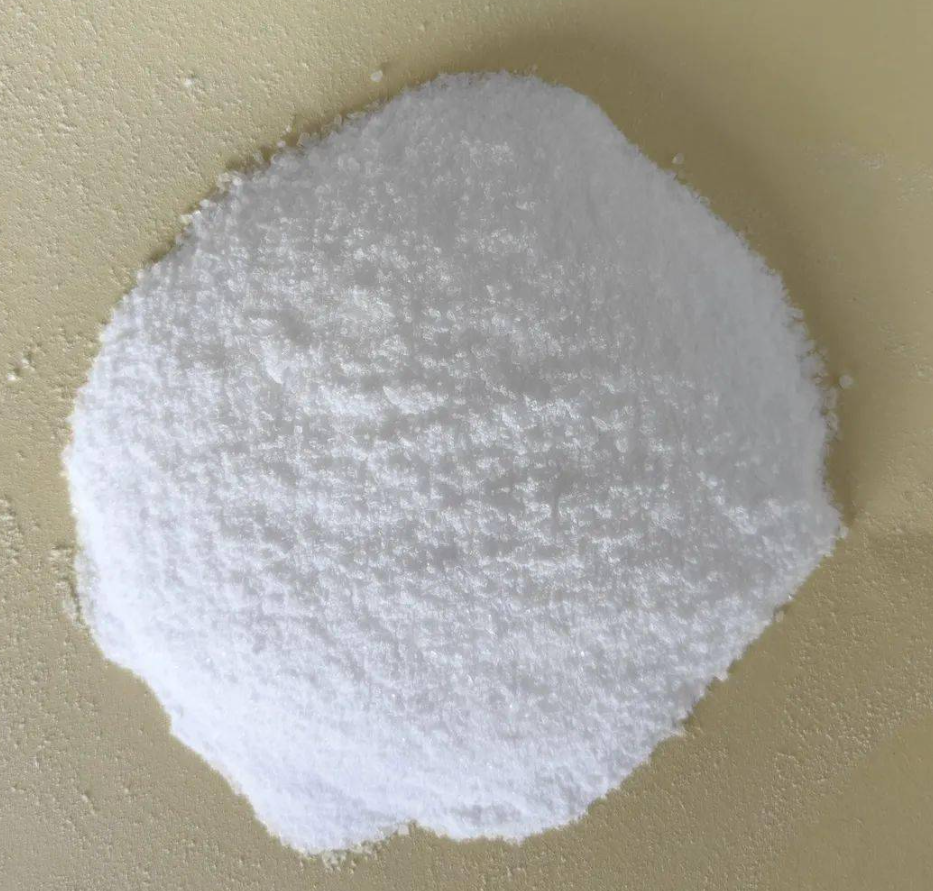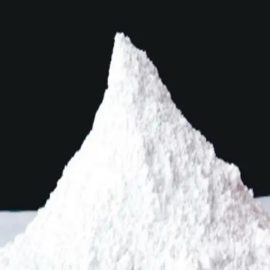The silicone market has been developing rapidly in recent years, and China has become the world's largest silicone producer and consumer. With the rapid development of new energy vehicles, photovoltaics, 5G, and other emerging industries, the demand for high-performance silicone materials is increasing. It is expected that the silicone market will continue to expand in the future, especially in high-end manufacturing, energy saving, and environmental protection,n and other fields will play a greater role. What is methyl silicone resin?
Methyl phenyl silicone resin is a silicone resin that contains both methyl and phenyl groups and consists of MeSiO1.5, Me2SiO, MePhSiO, Ph, SiO2, and Ph2SiO links selectively combined to form the main chain. Low carbon content, high heat resistance, silicon atoms connected to the methyl spatial site resistance is minimized, the resin has a high degree of cross-linking, hardness, thermoplasticity is small, often as a waterproof and moisture-proof surface coatings and adhesives.
There are six aspects to introducing methyl silicone:
- What is the structure of methyl silicone?
- How to choose methyl phenyl silicone resin?
- What are the product advantages of methyl silicone resin?
- Why silicone resin is used as a bonding agent for insulating mica products?
- What are the product uses of methyl silicone resin?
- How to make methyl silicone resin?
1. What is the structure of methyl silicone?
Silicone resin is a polysiloxane with a three-dimensional network structure, which has the dual characteristics of a silicone polymer and an inorganic material due to the presence of silicone-oxygen bonds. Silicone resin has excellent thermal stability, low-temperature resistance, electrical insulation, irradiation resistance, humidity resistance, high hydrophobicity, weather resistance, etc. It can be widely used in high-temperature insulating coatings, light-emitting diode encapsulation materials, lightweight anti-corrosion composite materials, and other key areas(silicone rubber). All of these polymers are used in addition curing formulations in which a platinum catalyst and silicon-hydride crosslinker are present.
Silicone resin types, according to the different substituent groups can be divided into methyl silicone resin, methyl phenyl silicone resin, amino silicone resin, fluorine silicone resin, and modified silicone resin. Methyl phenyl silicone resin is one of the more widely used types, which contains both phenyl and methyl groups, the introduction of phenyl can effectively strengthen the silicone resin in mechanical strength, thermal stability, adhesio,n and compatibility with filler,s and other aspects of the performance, thermodynamics and dynamics to achieve the double inhibition of thermal degradation reaction, and therefore, the methyl phenyl silicone resin is widely used in high-temperature resistant coatings.

Methyl phenyl silicone resin is composed of two elements, phenyl, and methyl, of which phenyl is the core structure, while methyl is distributed around the phenyl, forming a three-dimensional network structure. This structure makes the methyl phenyl silicone resin have good properties such as thermal stability, weather resistance, chemical resistance, and electrical insulation. The introduction of phenyl silicone oxygen chain link, in thermoelasticity, mechanical properties, adhesion, gloss, and compatibility with organic and inorganic fillers, etc. is significantly better than methyl silicone resin and thus is widely used in high-temperature electrical insulating varnishes, high-temperature coatings, high-temperature adhesives, high-temperature molding and encapsulation materials, and static seals materials.
2. How to choose methyl silicone?
When choosing methyl phenyl silicone resin, the following points need to be considered:
(1) Viscosity: Viscosity is one of the important indexes of Methyl Phenyl Silicone Resin, different viscosity will affect the fluidity of the product, thus affecting the difficulty of construction and processing.
(2) Volatile organic compound content: Volatile organic compound content is one of the important indicators of methyl phenyl silicone resin, the lower the content, the better the environmental performance of the product.
(3) Color: Different colors of methyl phenyl silicone resin will have an impact on the appearance of the product, so you need to choose different colors of products according to the use occasion.

3. What are the advantages of methyl silicone?
(1) Good thermal stability: Methyl phenyl silicone resin has high thermal stability, can be used for a long time under high temperatures, and is not easy to deform and discolor.
(2) Weathering resistance: Methyl phenyl silicone resin has good weathering resistance and can be used outdoors for a long time without being eroded by ultraviolet rays and rain.
(3) Chemical resistance: Methyl phenyl silicone resin has good chemical resistance and can resist the erosion of various chemicals.

4. Why silicone resin is used as a bonding agent for insulating mica products?
Mica is a very good natural electric insulating medium, which can keep its insulating property unchanged at a high temperature of 500~600℃. However, natural mica is often limited in size and cannot be used directly as an insulating material for electric motors and other electrical equipment. For this reason, heat-resistant silicone insulating coatings are used to bond the mica fragments.
According to the type of silicone insulating coating and the structure of mica, hard and soft mica sheets, plates and tubes can be used as the main insulation of high-voltage motors and as the insulating material for electrical and electronic devices.
Hard mica products include mica boards for modeling, mica boards for rectifiers, mica boards for electric heater support, and flexible mica boards;
Soft products mainly include twistable glass mica tape and fire-resistant tape, tap,e or soft sheet products. The silicone insulating paint used for bonding mica is also a kind of polymethylphenylsiloxane, generally RSiO1.5 is the main one, and there can be a small amount of R2SiO, low R/Si value of silicone paint with the largest amount of use.
In the production process of mica products, silicone resin is usually used as a binder for mica sheets, which are made into mica boards or other shapes of insulating parts by a hot pressing process.
For example, silicone resin can be used to make high-temperature-resistant mica sheets, which have low fuming and good bonding properties at high temperatures. In addition, it is used in other mica products such as mica tapes and mica foils to enhance their mechanical strength and electrical insulation properties.
5. What are the product uses of methyl silicone?
The primary characteristic of silicone resins is that they have excellent heat resistance and hardly decompose at temperatures of 200°C or even higher, so they can be used in the preparation of various heat-resistant paints with heat-resistant insulating grades up to H class. For example, using silicone resin as the base material, adding aluminum powder silver paint can be used at 400 ~ 600 ℃ use for a long time, and can be used for chimneys, steam pipes, exhaust pipes, gas installations, stoves, ovens, electric stoves, chemical equipment, boilers, engines, generators, electrical equipment, radiators and so on.
Compared with ordinary organic resins, silicone resins also have excellent weather resistance, ozone resistance, arc resistance, hydrophobic moisture, salt spray, mold resistance, and other properties. For example, coatings modified with more than 20% silicone resin have significantly improved properties such as water resistance, yellowing resistance, and reduction of light loss.
XJY-8010A/B/XJY-83350 Flake Silicone Resin
It can be used in high-temperature-resistant powder coatings and liquid coatings. The main feature of silicone resin is its excellent heat-resistant property, which hardly decomposes at 200°C or even higher temperatures, and can be used to prepare various heat-resistant coatings with heat-resistant insulation grades up to class H. The high phenyl silicone resin has excellent radiation and radiation-resistant properties, and can also be used in the production of liquid coatings. Silicone resins have excellent UV resistance and good adhesion, high hardness. Silicone resins also have excellent resistance to weathering, low temperature flexibility, ozone, electric arc, hydrophobic moisture, salt spray, and mold. It can be used on existing roofs, kitchen appliances, and more.
Methyl phenyl silicone properties and applications include the following:
Toluene and xylene solutions of methyl phenyl polysiloxane
Cured products have excellent high and low-temperature resistance, dielectric properties, good solvent resistance, and weather-aging properties

Widely used as electrical insulating materials, heat-resistant or weather-resistant coatings
Electrical and electronic coatings, printed circuit boards
Used in silicone glass cloth laminates and casing, surface hardening of paint coatings, and temperature-resistant grade improvement.
Base material for heat- and weather-resistant coatings, and high-temperature-resistant coatings.
Impregnation of metal coils and enameled wires.
6. How to make methyl silicone resin?
Although methyl silicone resin has poor abrasion resistance, advantages of Methyl Silicone resin include excellent high-temperature resistance, which can remain stable in environments above 300℃; high weather and chemical resistance; good insulation and mechanical properties; good film-forming properties, which can form smooth and translucent films, and improved waterproofing, anti-fouling,g, and anti-static properties. How we improve the competitiveness of products?
XJY Silicones is one of the leading silicone MQ resin and VMQ silicone manufacturers in China, with more than 30 years of R&D and manufacturing experience in the silicone industry as well as more than 15 related patents and technical support. Our silicone raw material products can meet the needs of the coating field and support the provision of diversified customized solutions.
![]()




